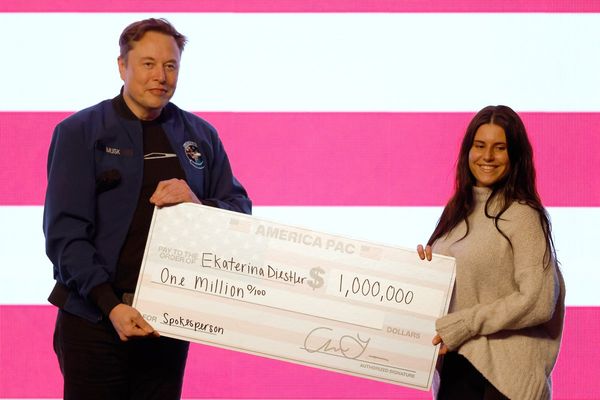One of the most significant commitments of the Narendra Modi government is to ensure piped water to every rural household by 2024. Under the Jal Jeevan Mission, led by the Department of Drinking Water and Sanitation, 10.2 crore rural households, or about 53% of the eligible population, now have tap water access. This, the Government claims, is a 37-percentage point rise from 2019 when the scheme was announced, where its stated aim is to ensure at least 55 litres per person per day of potable water to every rural household — which implies a mere connection does not suffice. The Government commissions annual surveys to evaluate the success of the scheme. A recent audit, by a private agency, found that around 62% of rural households in India had fully functional tap water connections within their premises. A report of a Parliamentary Standing Committee on Water Resources in March, based on numbers provided by the nodal Jal Shakti Ministry, stated that 46% households had such fully functional tap water connections. It is important to note that for the purposes of the survey, only 3% of rural households were surveyed by the agency for the updated numbers and so the margin of error may be substantial and subject to the way the survey was designed. If the numbers are accurate, however, this represents an impressive rise in potable, tap water accessibility and suggests that the mission is well on its way to meeting its 2024 target.
The survey, however, revealed wide disparities in achievement. Tamil Nadu, Himachal Pradesh, Goa and Puducherry reported more than 80% of households with fully functional connections while less than half the households in Rajasthan, Kerala, Manipur, Tripura, Maharashtra, Madhya Pradesh, Mizoram and Sikkim had such connections. About 75% of households received water all days of the week, and only 8% just once a week. On average, households got water for three hours every day. Moreover, the report mentions a problem of chlorine contamination. Though 93% of the water samples were reportedly free of bacteriological contamination, most of the anganwadi centres and schools had higher than the permissible range of residual chlorine. The COVID-19 pandemic disrupted the progress of the scheme but with the economy now close to pre-pandemic levels, it is likely that the challenges of labour and material have softened somewhat to aid the progress of the scheme. The Centre should liaise better with States that are falling behind in targets and ensure that the infrastructure created as part of the scheme is long lasting and not merely to meet election targets.







